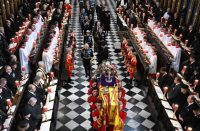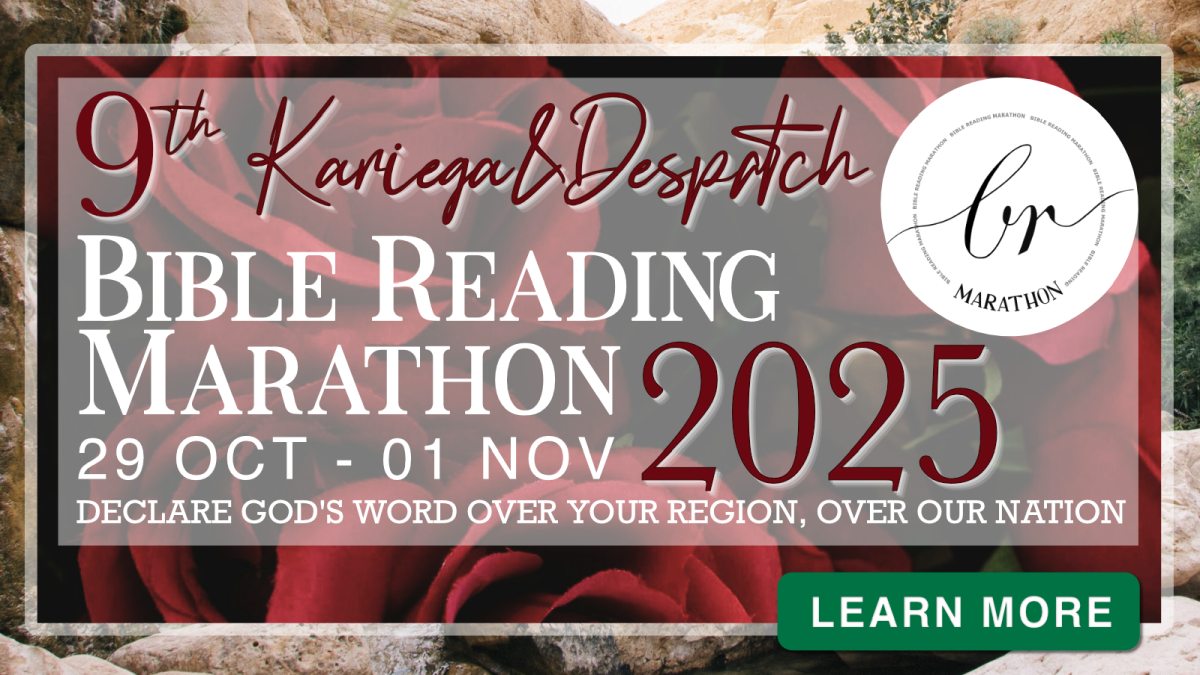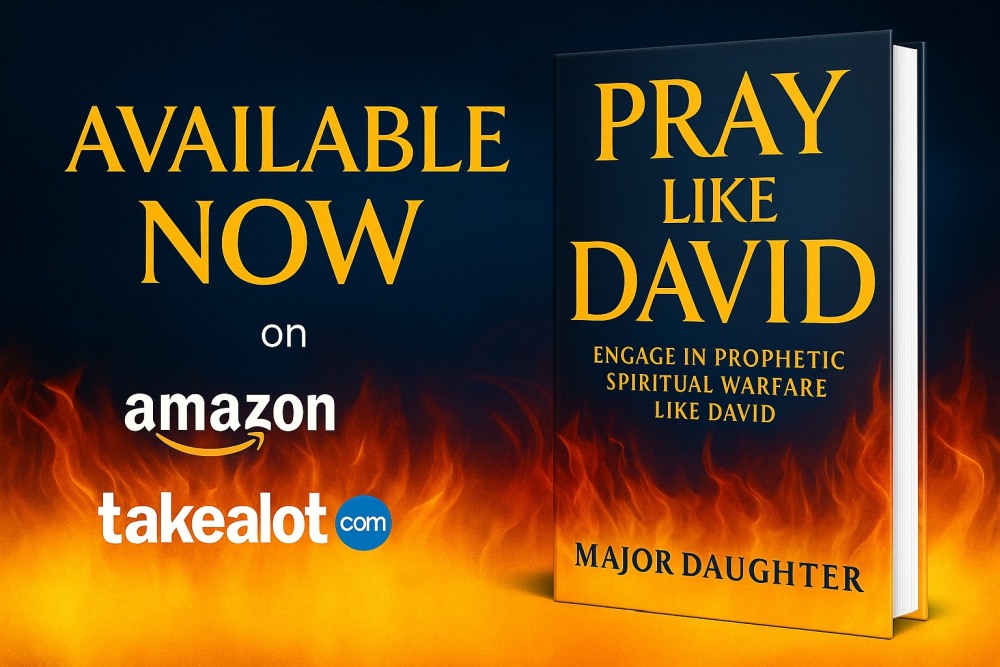
[notice]Hugh Wetmore is a songwriter and student of worship trends. He invites you to join the worship conversation by commenting on his monthly column.[/notice]
December 2013. The Church was packed, the congregation sang their hearts out. Christmas Carol after Christmas Carol, celebrating the Birth of the Lord Jesus Christ over 2000 years ago.
December 2013. The stadium was packed, the crowd sang their hearts out. Struggle song after struggle song, celebrating the life of Nelson Mandela, who had died at the age of 95.
Simultaneously, these two events made December 2013 a double singing season. Most of the singing was group singing — congregations singing together, crowds singing together. Singing with enthusiasm and conviction. Songs of praise, narrative songs, songs with a message and motivational songs.
O come, all ye faithful, The first Nowell, Away in a manger, It came upon a midnight clear, For unto us a child is born, O holy night, See Him lying on a bed of straw, Silent night.
Nelson Mandela, Asimbonanga, Bring back Nelson Mandela, Free Nelson Mandela, Tata Madiba, Akekho ofana nawe.
As I listened, my mind was searching for those common denominators which make a song easily singable by the congregation, or by the crowds. Yes, both congregations and crowds love to listen to professionals singing their songs, with the backing of a band and maybe a bevy of beauties chanting along with them. That’s performance singing. This past December was different. We enjoyed participation singing like seldom before. If you only listen to the professional performers, you miss out on the public participation that gives even greater joy — using not only your ears but also your voices. Singing together in unison, or in harmony. Sensing the oneness, the unity which participation brings. You are not merely a receiver of music — you are a contributor as well.
This past December I intensified my search to identify those common denominators which make participatory singing easy and enjoyable:
1. A predictable melody line. The congregation or the crowd should feel an instinctive sense of where the tune is headed. No sudden, unexpected jumps and twists. The melody flows naturally.
2. Repetition. A key phrase(in lyric and/or in music) repeats itself through the song, often at the beginning or end of a verse. In the style of African singing, this may be sung solo by the leader, with the congregation or crowds joining in a few beats behind. (The Jewish cantor would lead in the same way in synagogue singing.)
3. Rhythm. Without an easy-going rhythm, a steady beat, no song will be popular as a sing-along song. Often Carols and struggle songs motivate a natural, rhythmic body-movement. It is spontaneous, it is in unison.
4. Meaning or message. The human mind demands that a popular song be sung-along with meaning, or deliver a message. This may be directed at promotion, information or motivation. In Christian vocabulary: praise, teaching or admonition. Here and there one finds a Christmas Carol that does not meet this criterion (e.g. ‘I saw 3 ships come sailing in’). But I haven’t heard a meaningless struggle song!
God wants us to join together in singing, using voices as well as ears, in our church worship services. Let’s continue to identify those components that make a song easy to sing. Please do comment if you have any suggestions.







